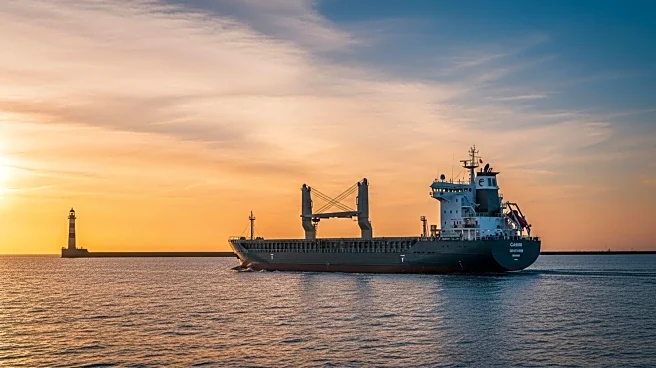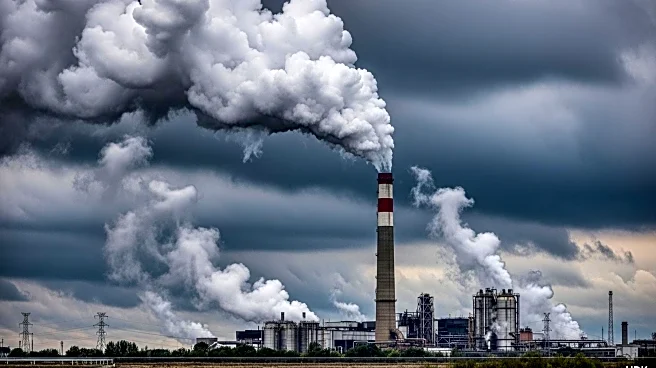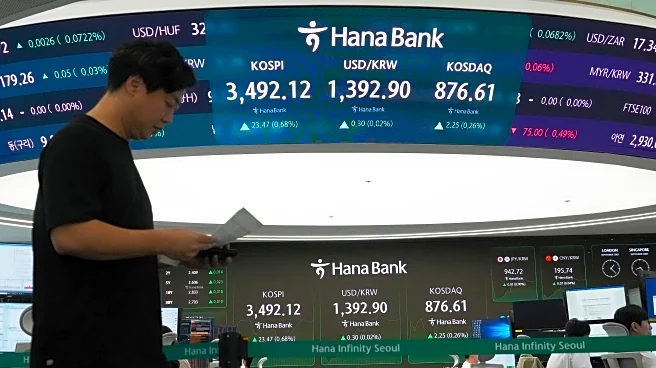What is the story about?
What's Happening?
Coffee futures in the U.S. have experienced significant volatility, with prices reaching all-time highs of $4.29 per lb in April, followed by a sharp drop and subsequent rebound. The fluctuations are attributed to supply tightness, particularly of arabica beans in Brazil, and the imposition of 50% U.S. tariffs on Brazilian imports. These tariffs have driven coffee futures up by over 50%, as domestic stocks tighten and buyers face limited alternatives. The Bureau of Labor Statistics reported a 21% increase in coffee prices in August compared to the previous year.
Why It's Important?
The surge in coffee prices has direct implications for U.S. consumers and businesses, affecting retail prices and potentially altering consumption patterns. The tariffs on Brazilian imports exacerbate supply challenges, impacting coffee availability and pricing. This situation underscores the broader economic impact of trade policies on commodity markets and consumer goods. The coffee market's volatility also highlights the sensitivity of agricultural commodities to geopolitical and environmental factors.
What's Next?
The coffee market may continue to experience price swings as traders respond to supply developments and tariff impacts. Stakeholders, including coffee producers, retailers, and consumers, will need to adapt to changing market conditions. The potential for further tariff adjustments or supply chain disruptions could influence future price trends. Market participants are likely to monitor weather conditions in major coffee-producing regions and any policy changes affecting trade.
AI Generated Content
Do you find this article useful?














